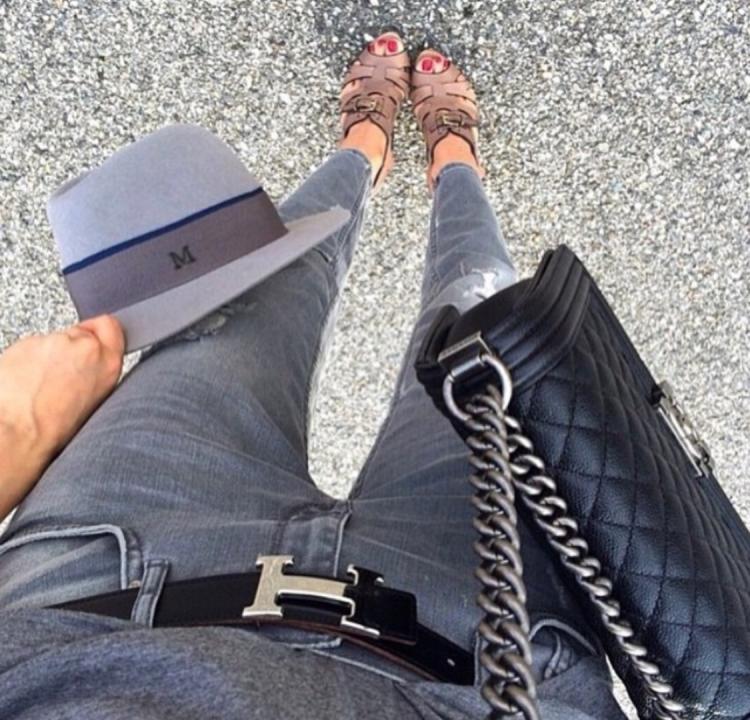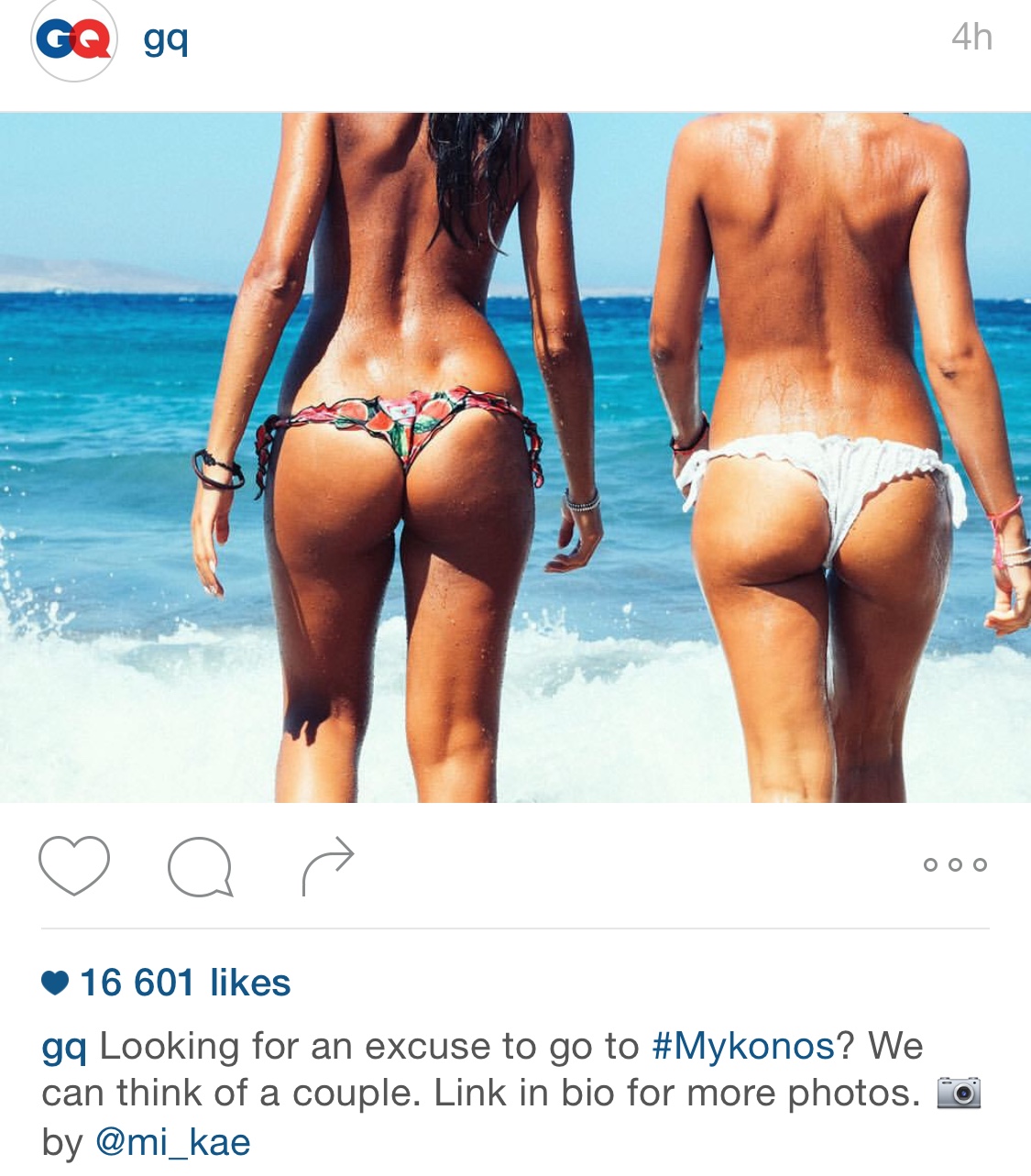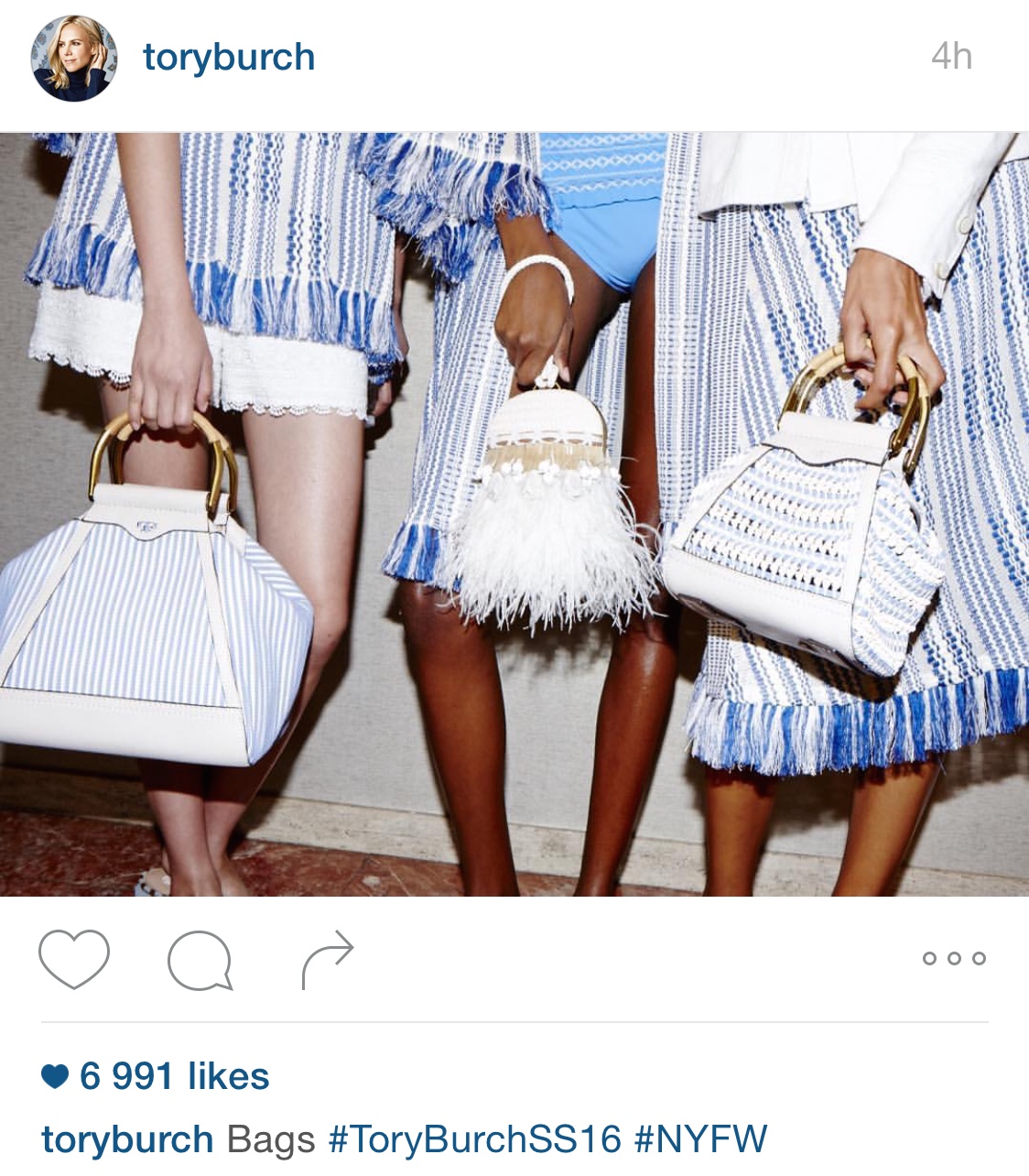Sep 18th, 2015, 02:53 PM
Altered Reality on Instagram: Photos are Going Micro

Fragmented Photography
We live in the world that is moving fast. Let's have a look at how the power of social media is changing the way we take photographs -- and transforming the fashion industry.
Thanks to Instagram, millions today share their personal take on fashion and broadcast it around the world. All of us can participate, comment, and construct the perfect virtual reality. The entire fashion industry now communicates via images with their customers. From Maisons de Mode to wanna-be stylists, street and lifestyle fashion is what everybody includes in their profiles. Instagrammers don't have the advanced compositional knowledge of professional photographers, yet professional advertising campaigns now borrow from amateur smartphone photography to create a bits-and-pieces look.
I follow dozens of brands on the Instagram. I can recognize an image taken by a professional because it is dynamic and artful. But the difference in quality between professional photos and pictures taken on an iPhone has been greatly reduced. The images are becoming more fragmented, giving an impression of a life out of context. They make you look at them through the eyes of the target audience.
For example, this picture from the famous men's magazine GQ shows the behinds of the two girls.
The target audience is the guys who read GQ. The image transports them to the beach where they are gazing at two girls' bottoms as they walk into the sea.
The following image taken by a regular Instagrammer follows the same principle but with the holiday envy intent.
The "professional" photo by GQ looks as if it was taken by an onlooker on the beach. Similarly, the "real life" picture was staged to look as if it was taken while the girl was drying on the beach.
Instagram allows people to notice moments that in their world are meaningful -- undoubtedly, by drawing attention to a particular item or a body asset to reach the highest projection of a product and self.
Our perception of aesthetics is changing to personal preferences, experiences, and associations. Fragmented photography does not have to be aesthetically pleasing to everyone; preferences of an average person on Instagram and a professional may be entirely different. As people are not trained in photography, highly conceptual images take a lot of effort to understand. If a picture is hard to follow, or there is a lot going on, it simply will not be as popular.
Here is American designer Tory Burch advertising a 2016 collections of bags.
Again, we don't even see the faces of the models or their feet. The focus is purely on the bags, then legs and torso. That is how it translates to the display of fashion by a regular Instagrammer. The body is cut off at the waist, and the focus is on the bag, and then legs and shorts.
In sum, photography is going micro. In my next column, I will demonstrate the narrative of a stitch and a colour stroke.










